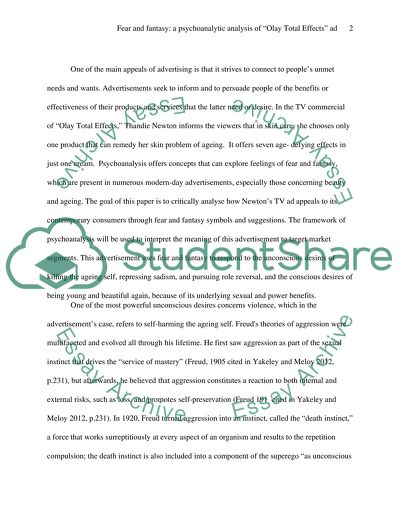Cite this document
(“Freud - fear and fantasy Essay Example | Topics and Well Written Essays - 2250 words”, n.d.)
Freud - fear and fantasy Essay Example | Topics and Well Written Essays - 2250 words. Retrieved from https://studentshare.org/journalism-communication/1454859-freud-fear-and-fantasy
Freud - fear and fantasy Essay Example | Topics and Well Written Essays - 2250 words. Retrieved from https://studentshare.org/journalism-communication/1454859-freud-fear-and-fantasy
(Freud - Fear and Fantasy Essay Example | Topics and Well Written Essays - 2250 Words)
Freud - Fear and Fantasy Essay Example | Topics and Well Written Essays - 2250 Words. https://studentshare.org/journalism-communication/1454859-freud-fear-and-fantasy.
Freud - Fear and Fantasy Essay Example | Topics and Well Written Essays - 2250 Words. https://studentshare.org/journalism-communication/1454859-freud-fear-and-fantasy.
“Freud - Fear and Fantasy Essay Example | Topics and Well Written Essays - 2250 Words”, n.d. https://studentshare.org/journalism-communication/1454859-freud-fear-and-fantasy.


